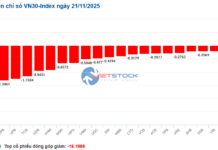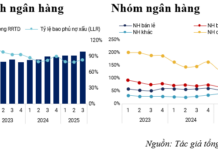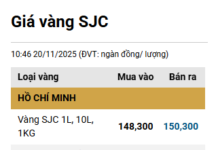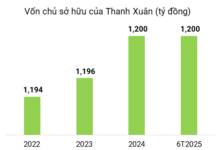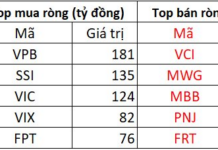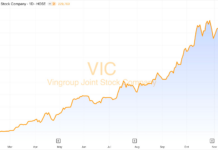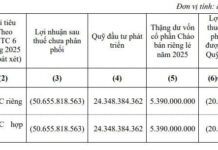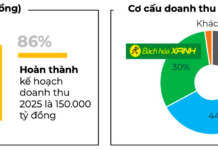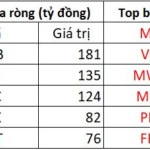Proposed Adjustments to Minimum Wage Zones in Vietnam
The Ministry of Home Affairs has finalized a draft decree outlining minimum wage adjustments for contracted workers, with an average increase of 7.2% effective January 1, 2026. This translates to a rise of VND 250,000 – 350,000 compared to current rates.
Specifically, Region I will see a minimum wage of VND 5,310,000/month, Region II at VND 4,730,000/month, Region III at VND 4,140,000/month, and Region IV at VND 3,700,000/month.
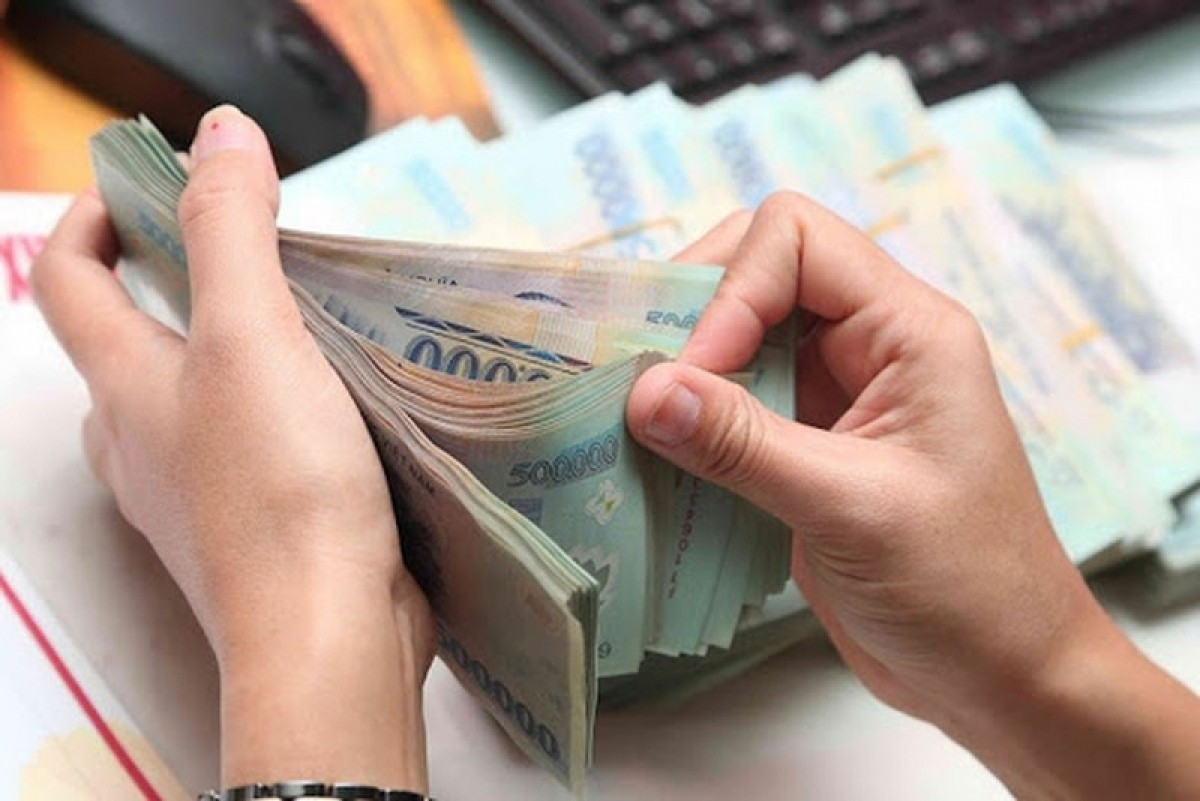
Workers in numerous communes and wards are expected to receive a minimum wage increase of up to VND 900,000/month starting January 1, 2026. (Illustrative image)
Notably, the draft decree references Decree No. 128/2025/NĐ-CP dated June 11, 2025, which established minimum wage zones based on new administrative divisions at the commune level.
However, following the implementation of new provincial administrative divisions, some wage zones have been reorganized since the June 2025 decree. Additionally, Decree No. 128 will expire on March 1, 2027.
The Ministry of Home Affairs’ draft decree proposes updated wage zones, building upon the existing framework of Decree No. 128 and incorporating revisions suggested by provincial People’s Committees. This includes reclassifying areas from Region II to Region I, Region III to Region II, and Region IV to Region III.
Specifically, several wards and communes in Hai Phong City will be upgraded from Region II to Region I. Certain areas in Nghe An, Quang Tri, Khanh Hoa, and Hai Phong will move from Region III to Region II. Numerous communes in Quang Tri and Khanh Hoa will shift from Region IV to Region III.
Significant Wage Increases for Many Workers
Currently, Region II’s minimum wage, as per Decree No. 74/2024/NĐ-CP, stands at VND 4,410,000/month. From January 1, 2026, workers in Region II reclassified to Region I will earn VND 5,310,000/month, an increase of VND 900,000/month.
Similarly, Region III’s current minimum wage under Decree No. 74 is VND 3,860,000/month. Upon reclassification to Region II, workers will receive VND 4,730,000/month, a rise of VND 870,000/month.
Region IV’s current minimum wage is VND 3,450,000/month. Reclassification to Region III will result in a wage of VND 4,140,000/month, an increase of VND 690,000/month.
Thus, from January 1, 2026, workers in reclassified zones will see minimum wage increases ranging from VND 690,000 to VND 900,000/month.
The Ministry of Home Affairs explains that these adjustments aim to balance labor costs across neighboring areas, reflecting advancements in labor markets, industrial zones, infrastructure, and proximity to regions with higher minimum wages.
When Will Resigned Employees Receive Benefits Under Decree 178?
The government has mandated that all ministries, agencies, and local authorities promptly finalize the disbursement of benefits and policies as outlined in Decree 178.
Digital Transformation: The Catalyst Elevating the Consumer-Retail Ecosystem
Digital transformation is becoming an irreversible trend in the retail industry. In Vietnam, major corporations are integrating artificial intelligence and real-time data into their operations, from demand forecasting to supply chain management. This is not only a cost-saving solution but also creates a competitive edge in an increasingly fierce market.
The Great Recruitment Surge: How the Textile Industry Bounced Back with a Hiring Spree
The second quarter of 2025 witnessed a remarkable rebound in the textile industry, evident not only in the surge of orders but also in the workforce numbers. However, this increase in personnel and labor costs raises questions about the sustainability of the labor-intensive growth model, especially with the accelerating pace of automation and technological advancements.

